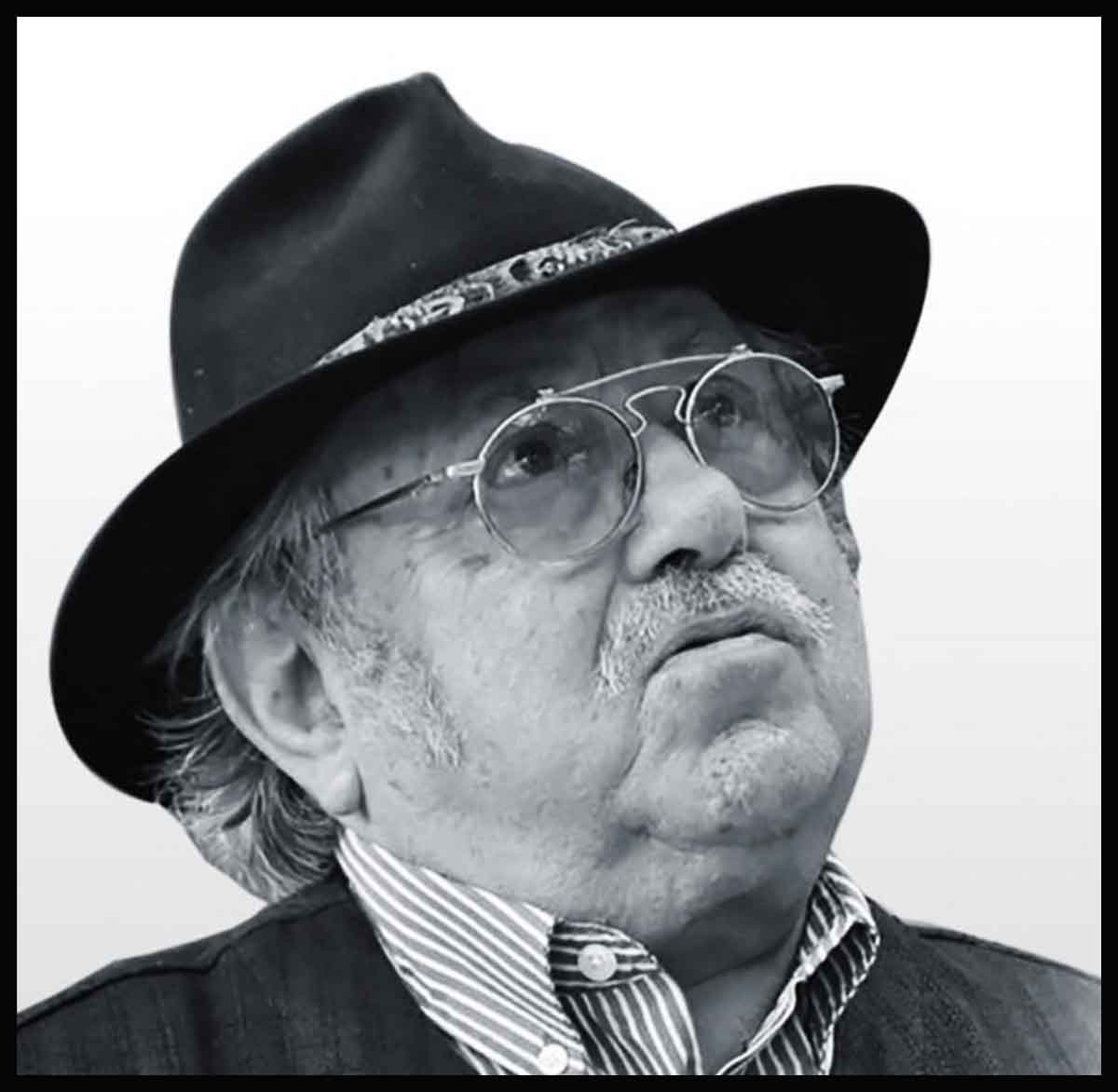
Great Designers—Robert Opron
The name Robert Opron may not be widely known, even among car enthusiasts, but the extraordinary sweep of his achievements is still greatly admired by those who appreciate the craft of styling. A colorful man with a fondness for brash bow ties, his remarkable designs for Simca, Citroën, and Alfa Romeo are all often voted some of the most beautiful of all time.
“The dolphin, the leopard, the swift, they each move at a speed consistent with their environment.”
ROBERT OPRON
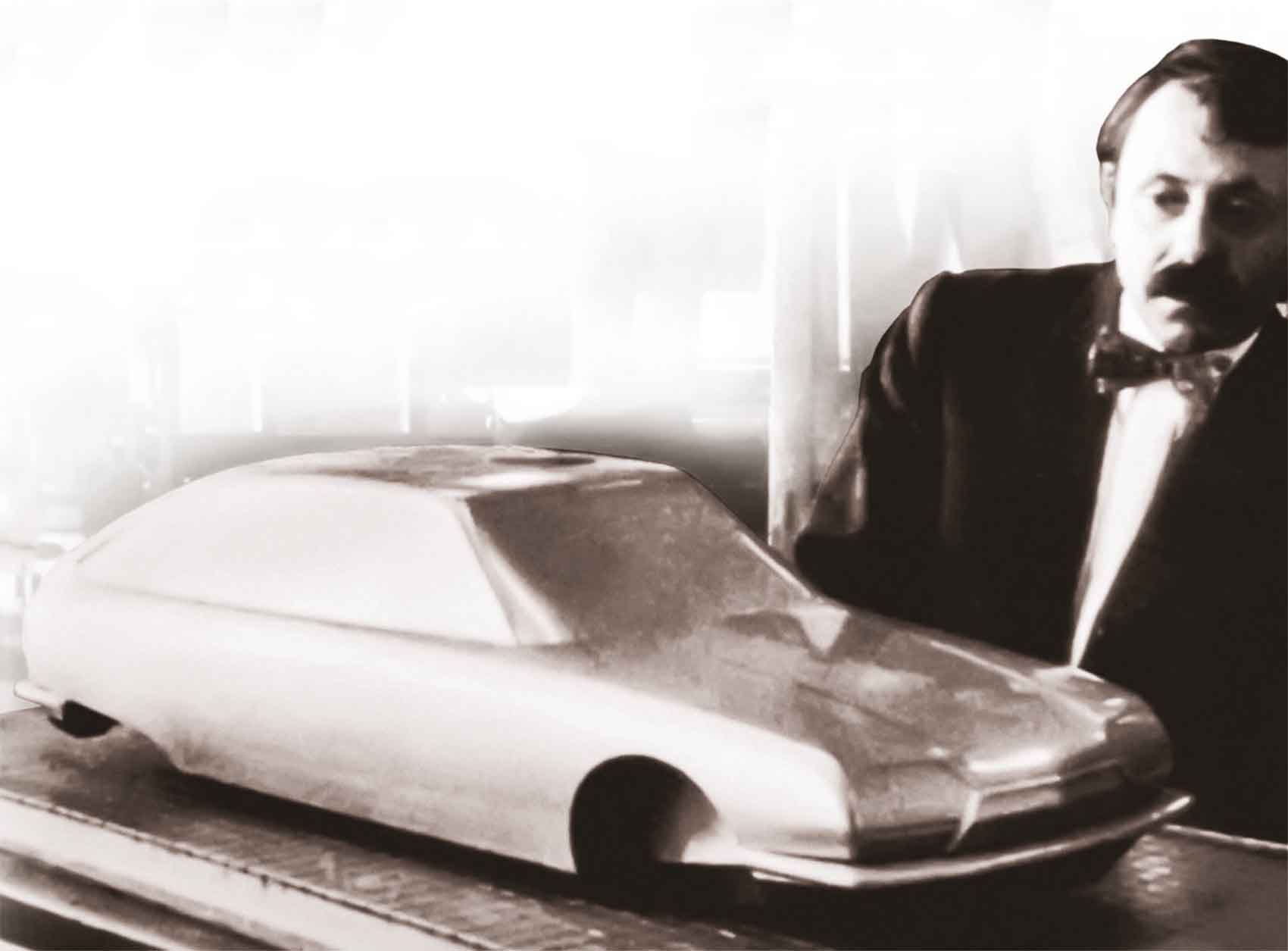
In his trademark bowtie, Robert Opron looks over his design for the Citroen GS at the company’s Bureau des Études. Following its launch, the car proved an instant success for Citroen.
ROBERT OPRON WAS always an artist at heart. Born in 1932, and brought up in French colonial Africa, he studied architecture, painting, and sculpture in Paris. On graduation, he dreamt of a career in aviation, and even designed his own plane, but he joined the car industry instead. In 1937 Opron secured a position at the French car manufacturer Simca, joining the company’s design centre, which was then run by an Italian count called Mario Revelli de Beaumont.
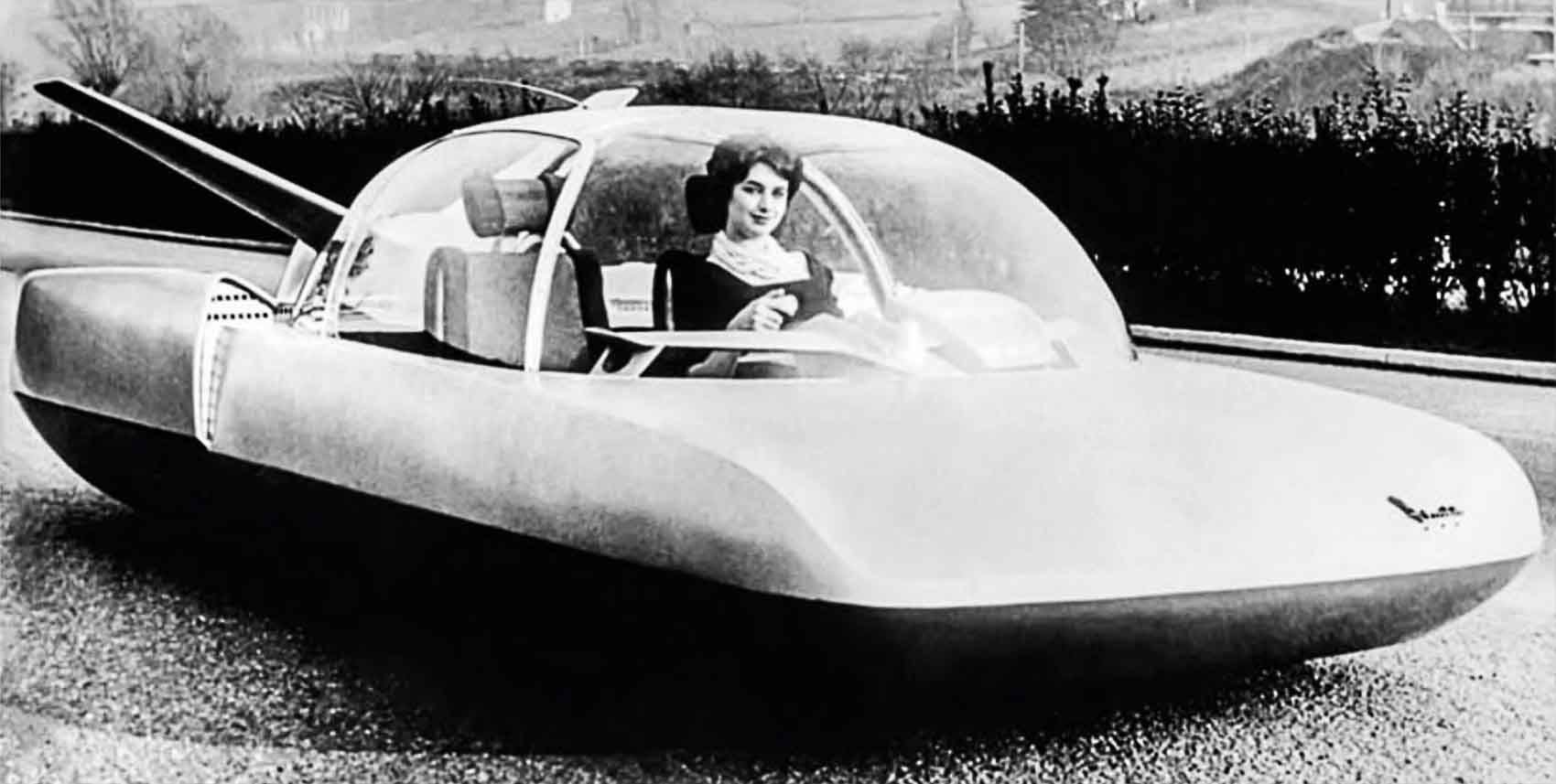
Conceived as a vision into the future, predicting cars of the year 2000, the Simca Fulgur is an exemplar of 1950s’ bubble-top styling. It never made it into production, sadly.
Opron immediately made an impact with one of the most extraordinary dream cars of the 1950s: the Simca Fulgur. A cartoon-like vehicle with a domed roof and jet-age aesthetic, the 1958 show car was sponsored by a children’s magazine as a vision of what people might be driving in the year 2000. Opron imagined a glass-cabined car that, with its use of atomic power and a gyroscopic balancing system, may have overestimated the rate of technological progress, but did correctly predict innovations such as radar guidance. Opron’s design predated satellite navigation by decades.
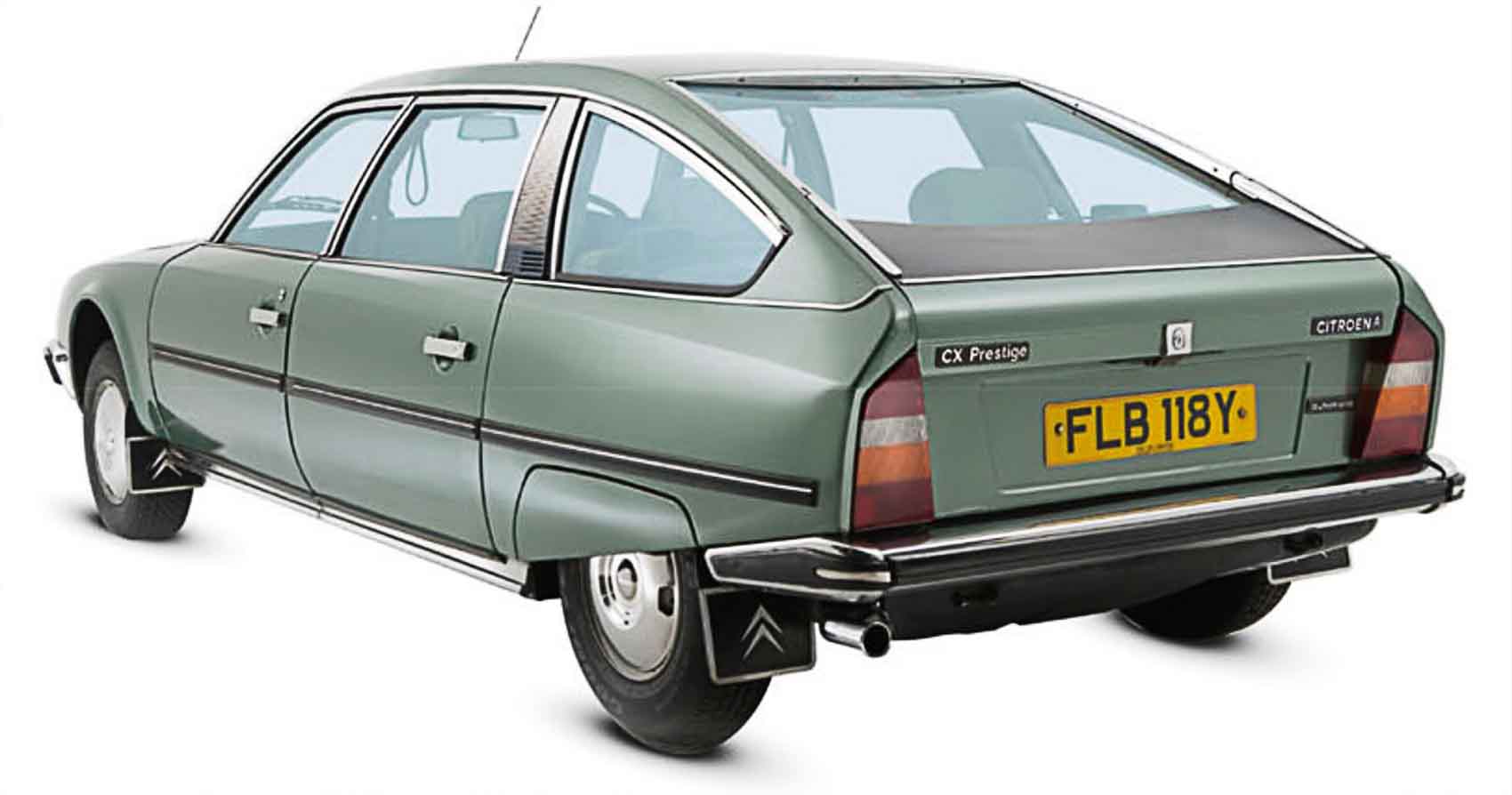
The distinctive, fastback shape of the Citroën CX made it another triumph of aerodynamism. It is considered by enthusiasts to be the final “true” Citroen, before the company was taken over by Peugeot.
A HOME AT CITROËN
In 1961 Opron found himself redundant, as Simca began to be subsumed by Chrysler. He decided to migrate to Citroën, where he was interviewe by its celebrated design chief, Flaminio Bertoni—the Italian-born creator of Citroën’s iconic Traction Avant and DS models. At the interview, Bertoni threw Opron’s design portfolio on the floor and declared his work “worthless”. Opron felt insulted, said so in forceful terms, and Bertoni responded: “You interest me.” He got the job.
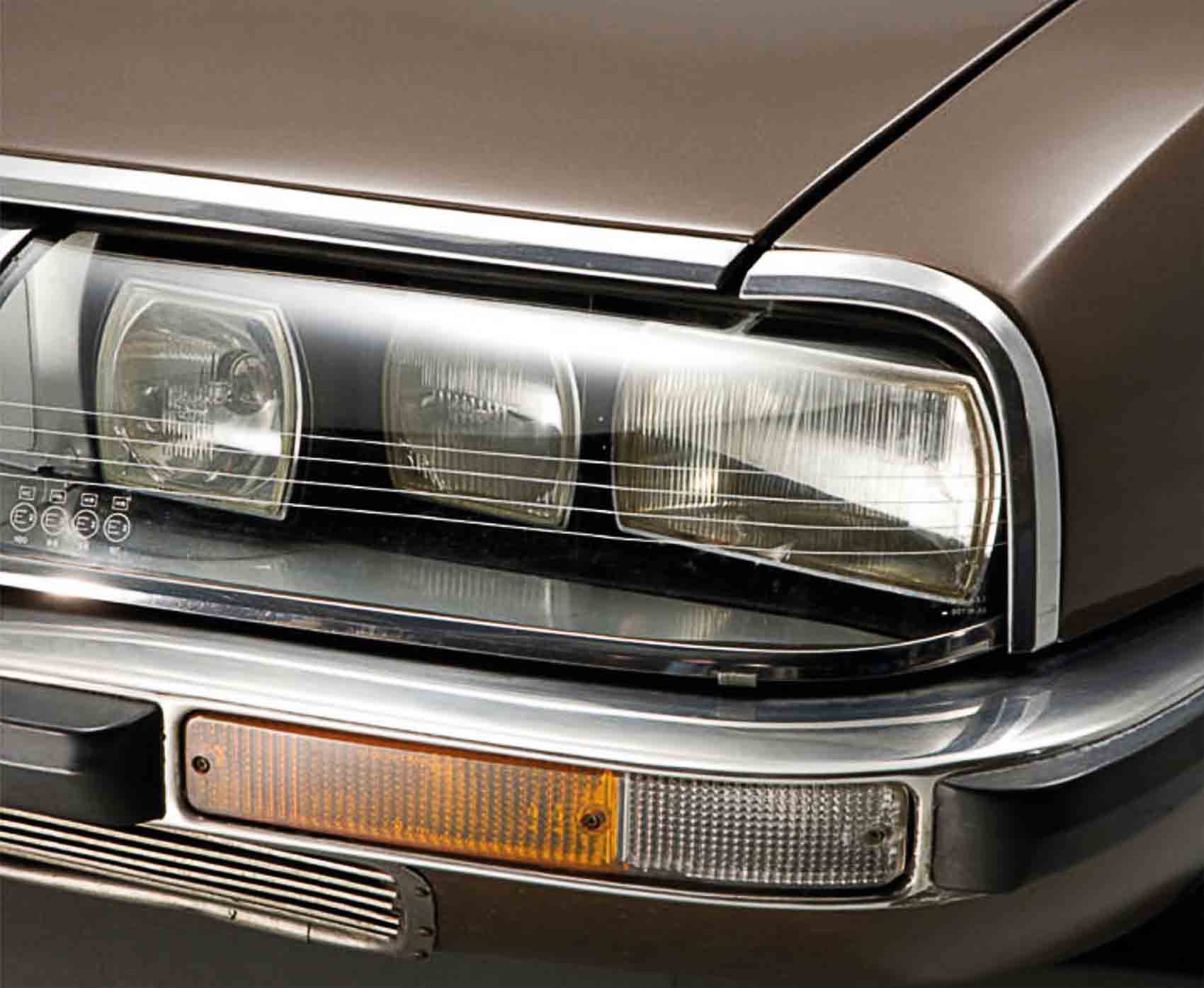
In 1964, Bertoni’s sudden death left Opron holding the French company’s design reins. At Citroën, Opron designed the top-selling Ami estate and, much more significantly, the technologically advanced GS. The super-streamlined GS was an aesthetic triumph and when it launched in 1970, it was unlike any other family car of the time. Opron knew the car had to be aerodynamic to make up for its small engine, and when he finished his design the GS gave a better performance with its 1,015 cc engine than most of its larger-engined rivals. It perfectly filled the gap in Citroen’s stable between the economical 2CV and the more luxurious DS saloon.
However, Opron’s masterpiece was undoubtedly the Citroen SM. Bold and iconoclastic, it was a defiantly French design. It regularly appears in lists of the most significant car designs of the 20th century, and was regarded by many as the best car in the world in the early 1970s, with its enviable combination of haute-couture luxury, Maserati V6 power, and radical design flair. It was, however, a commercial flop: ultimately, a mere 12,920 were made between 1970 and 1975.
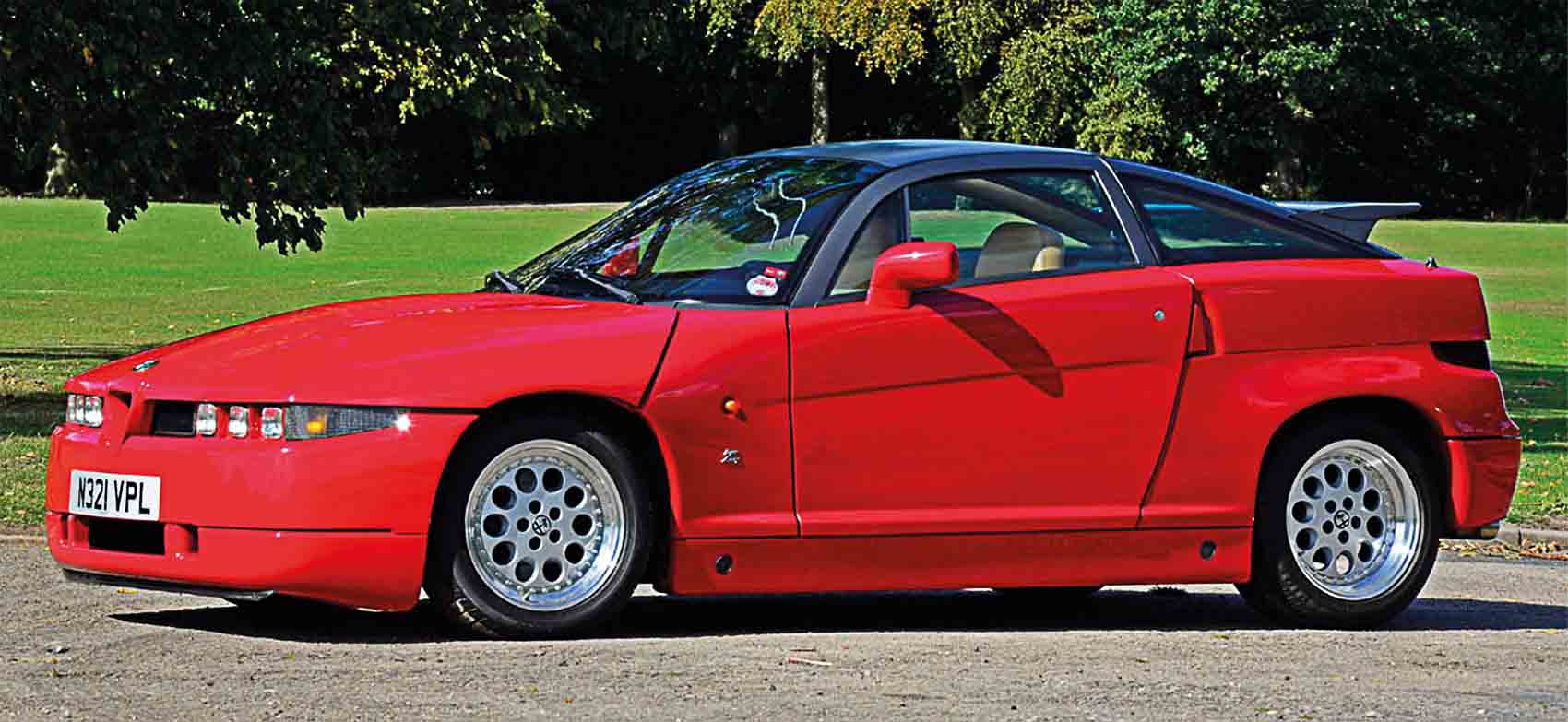
A MOVE TO FREELANCE
A much rosier fate awaited the sublime Citroën CX. Despite having the unenviable role of replacing the achingly beautiful and long-lived DS, it met with instant acclaim when it was launched in 1974. Its avant-garde looks and advanced technology (deriving from the SM) promptly won it the European Car of the Year award when it was launched.
Peugeot assumed control of Citroën in 1976, hastening Opron’s departure for rival Renault, where he took over the styling department. Renault was a very different, more bureaucratic, kind of employer, and perhaps as a result Opron’s time at Renault was characterized by a number or lacklustre efforts, the best of these being the Fuego with its dramatically curvaceous rear hatch. The anonymous R9, R11, and R25 are all better off consigned to history.
He left for Fiat in 1986, where the Italian company put him in charge of “advanced studies”. His best design in this period was a hastily formulated project for Fiat’s latest acquisition,
Alfa Romeo. This was to be a fresh flagship car to boost Alfa’s flagging reputation. Project ES30 (Experimental Sportscar 3.0-litres) took just 19 months to develop from first draft to final unveiling at the 1989 Geneva Motor Show. When the covers came off, the gasps were audible: the car that lay underneath utterly polarized opinion. With its flaring body, odd double trio of headlights, and aggressive ridges, the Italian press dubbed it “Il Mostro”—the Monster—but it provoked enough of a reaction at trade shows for Alfa Romeo to put it into production as the SZ.
Opron retired from Fiat in 1991, but continued to design on a freelance basis, including such surprising designs as the Ligier Dué city car. He is still treated as a celebrity when he attends Citroen events today; there is evidence enough to suggest that he should be viewed as such in the wider world, too.
Career highlights
> 1958 Robert Opron’s first job with Simca is to design a car of pure fantasy called the Fulgur
> 1964 Opron takes over the job of design chief at Citroën
> 1970 In a stellar year, Opron produces his two most respected masterpieces at Citroën: the GS and SM
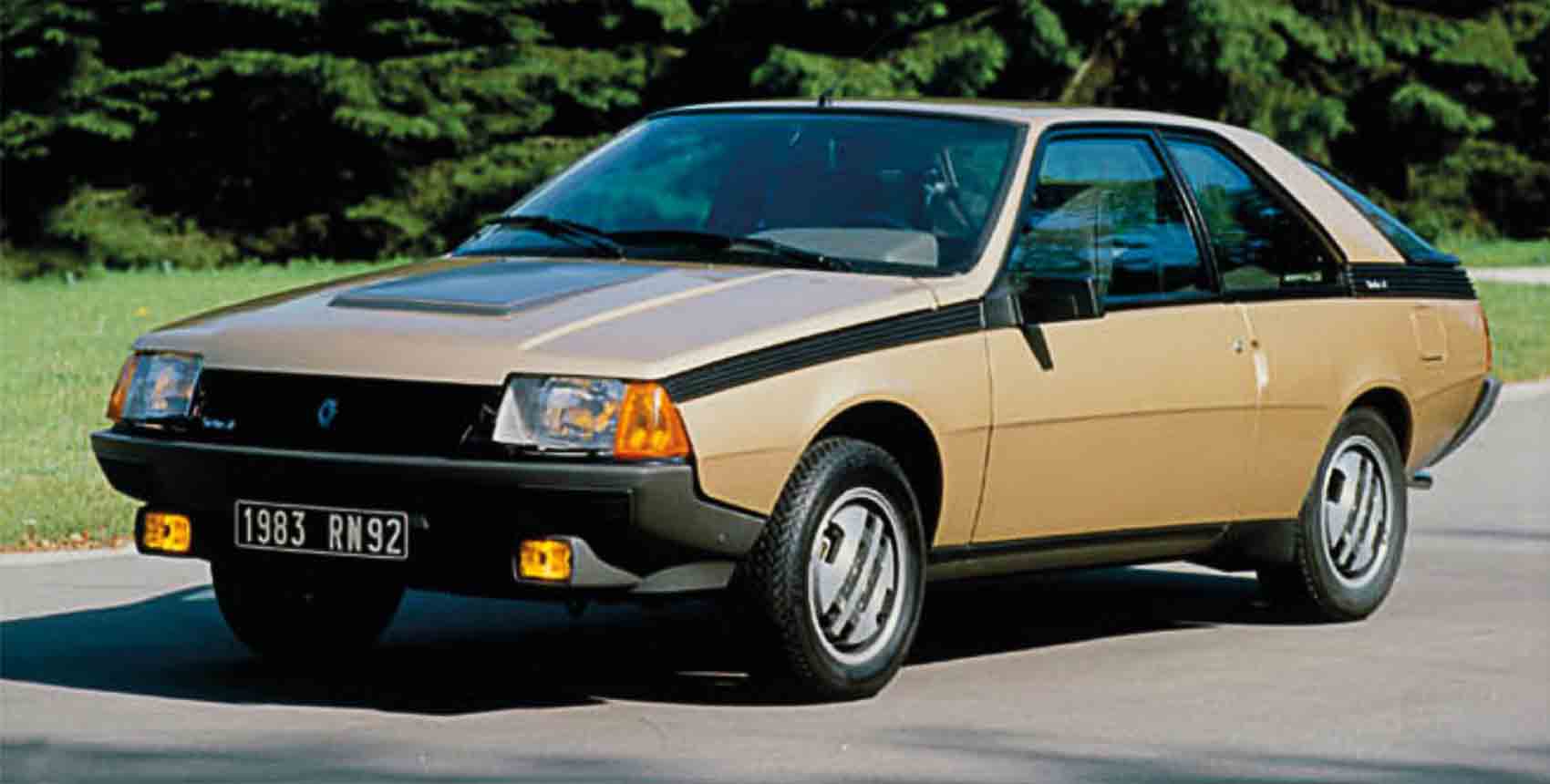
In a fairly humdrum period for Renault cars, Opron’s sleek and glassy Fuego four-seater coupe re-lit the flame of a creative approach.
> 1975 Opron’s widely-lauded Citroën CX wins the European Car of the Year award. Opron himself moves on to work at Renault
> 1980 The new Fuego is launched; it is seen as the best design Opron produced at Renault
> 1989 The launch of the extraordinary Alfa Romeo SZ causes widespread controversy
> 1991 After his retirement from Fiat, Opron continues to design cars on a freelance basis
> 1998 Opron is one of 25 nominees for Car Designer of the Century
It is a quote. The Classic Car Book – The Definitive Visual History 2016




